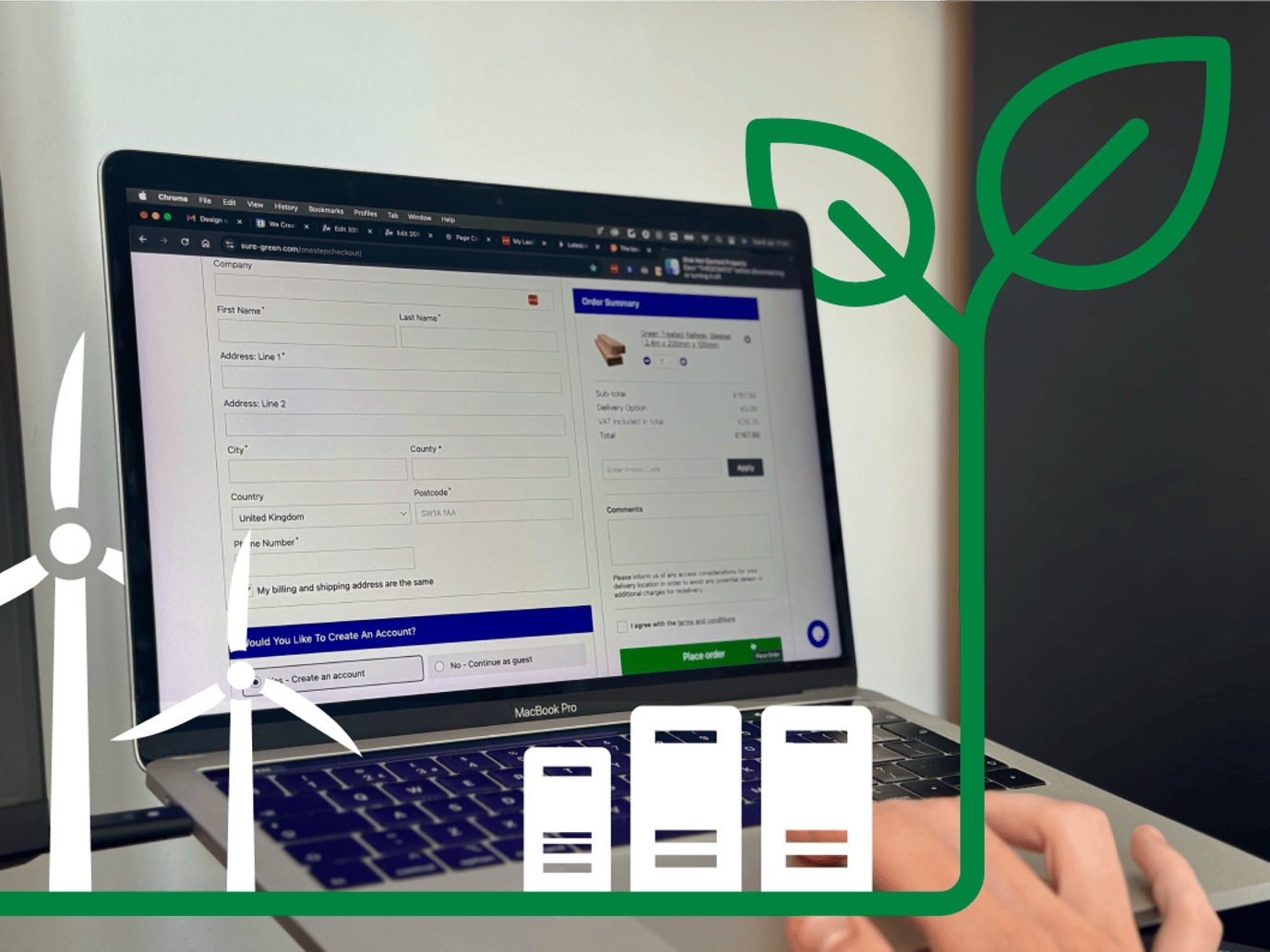Learn how aiming for under 1g CO₂ per page load gives websites an easy carbon-light benchmark, and acts as a digital thermostat for greener design.

The International Energy Agency (IEA) says that behavioural changes are essential to hitting net-zero targets. One standout example: setting your thermostat to 19–20°C could cut global electricity demand by 160 TWh by 2030. That’s a massive saving, most of it from advanced economies.
It’s a simple, tangible action: turn down the heating.
What’s the “19°C rule” for websites?
In the physical world, 19–20°C is a recognised, measurable benchmark. In the digital world, we’re fuzzier. Most people don’t know what a “carbon-light” website looks like, let alone how to measure it.
But we can fix that. We need to create an easy starting point: less than 1g CO₂ per page load.
That’s the digital version of “set your thermostat to 19.” Not perfect. Not universal. But it’s something we can rally around.
A lot of websites are incredibly carbon-heavy, but the organisations they belong to have no idea. And if they were aware of their carbon load, they would not know what that means. Having a target at least creates an understanding of what is good and bad. It could therefore help to create behavioural change within website design and development.
The next step is to raise awareness about what you can do to reduce that carbon. A checklist equivalent to ‘turning down the thermostat’ could help. What could that look like in practice?
- Simple design – fewer heavy scripts and fonts
- Static pages where possible
- Compressed media – images, video, audio
- Green hosting – powered by renewables or clean energy
Faster pages = less time = less energy
And crucially: awareness. Like the energy label on your fridge, sites could show a digital carbon label. Lightweight, auditable, verifiable.
In summary
The thermostat guidance shows how simple behavioural changes can reduce emissions at scale. In the digital world, we need similar standards, such as aiming for under 1g CO₂ per page load. Clear benchmarks and small shifts in how websites are designed and built can add up to meaningful climate impact.
If you would like to learn more about digital sustainability, please contact us directly and we would love to help.





